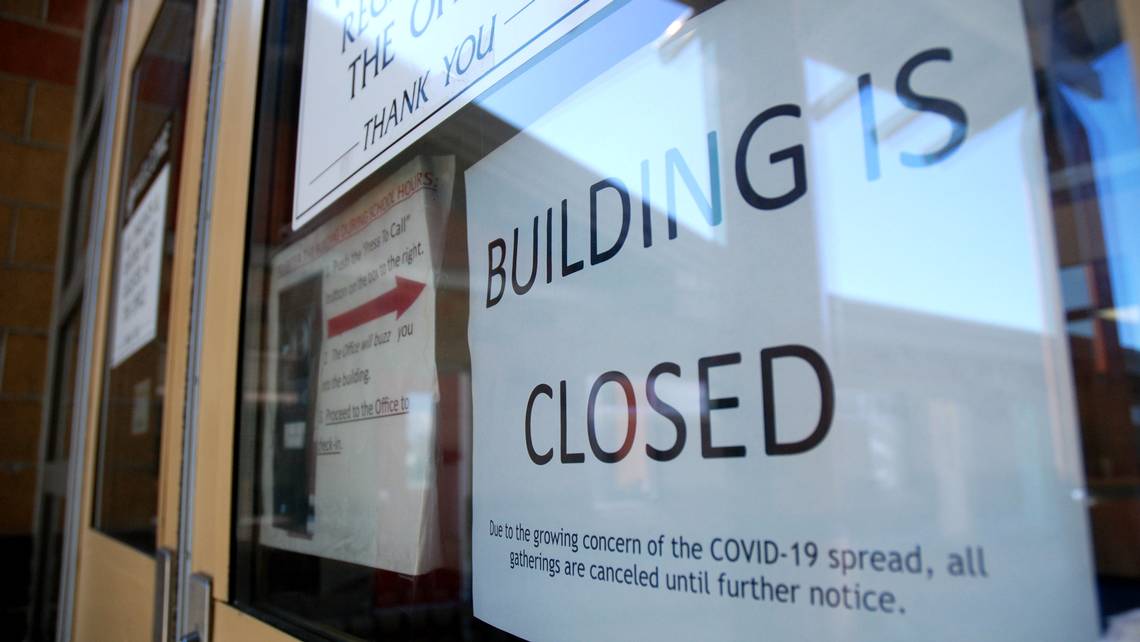The wide world pandemic COVID-19 has generated an unprecedented social situation considerably affecting the scientific work. With a large number of ideas to implement, experiments to run, data to analyze and outcomes to share with society, researchers have left the labs adapting their scientific activity to current social distancing measures. But, how are they actually approaching research from home?

Leaving the lab temporarily
Following the advice of authorities, hundreds of brain research labs and neuroscience institutes all over the world have closed their facilities and no single experiment or laboratory activity is being carried out. Despite the apparent extra time in the comfort of home, it’s clear that this current model of socially distant science is not desirable for the future. For every lab, it’s extremely disruptive and costly.

The good news is that researchers are finding ways to make progress, nonetheless. Even with labs closed and separated from each other, we are still coming together to advance in our respective everyday research activities. Thanks to remote technology and online platforms, research is possible from home. Are you wondering how are we managing?
Collaborating and interacting with other researchers
Online communication is proving essential while being at the same time personally fulfilling and motivating. Lab meetings of many labs and universities are being held via videoconferencing all over the world. A good example of interactive work between researchers is showed up by the Center for Brains, Minds + Machines. This prestigious institute maintains virtual research meetings and webinars in their calendars. To approach different research themes and to procure project continuity, researchers of Brain Research at MIT and hundreds of others research institutions (University of Grenoble, Maastricht University, University of Valencia, Research Center “Principe Felípe“) are already getting used to schedule one-to-one Zoom meetings with people in the lab. Since confinement at home, other initiatives like creating co-working sessions or virtual collaborations are becoming the norm rather than the exception.

The Open Office project lead by Words in the World Partnered Research Training Initiative promotes virtual co-working and collaborations during confinement. The purpose of the Open Office Hour is to provide an accessible online version of the traditional university office hour, in which researchers share their expertise on a topic through a brief informal discussion and then take questions regarding that topic. In this way, they are providing support to colleagues in their efforts to continue and expand their research during the current global Coronavirus pandemic.
More globally, many international scientific conferences and webinars are expected to be followed virtually. This is the case of Society for Neuroscience and Cognitive Neuroscience Society whose agendas have been already adjusted to match the current COVID-19 situation. Once more, the sense of healthy accountability is not incompatible with the sense of community.
Running experiments
You may wonder how neuroscientists can distantly run experiments. To explore what is going on inside our brains it is certainly true that brain activity needs to be “visualized” and measured through neuroimaging. For instance, the electrical activity linked to neurons is often measured with EEG equipment which entails placing several sensors in the participant’s head, whereas functional magnetic resonance imaging (fMRI) is preferentially used to observe brain areas that are active while participant lies down inside the scanner. Both of them entails the physical presence of a volunteer in the lab. Although for a few weeks we have to dispense with the use of such valued equipment, there are online platforms at our disposal that enables us to design and carry out response time experiments online. In these types of studies, the objective is to measure cognitive speed (e.g. decision making) during task performance being an indirect way to asses cognitive functions. Certainly, the research scope becomes quite limited in the absence of the cool neurotechnology. Nevertheless, reaction time studies are highly useful to understand cognitive functions before directly measuring underlying brain correlates.
Despite the limitations, EEG experiments based on remote technology is still possible, particularly in clinical research. To my knowledge, both EEG and brain stimulation remote options are being adopted by brain health researchers focused on single case studies with patients. Scientifically validated wireless EEG-neuromodulation technology allows researchers to drive and monitor experiments from home in patients suffering from different mental-cognitive disorders (e.g. epilepsy, Alzheimer’s, rehabilitation, depression, and addictions).
Data analysis
As neuroscientists, we spend a considerable number of hours cleaning, selecting, and managing data. Brain imaging generates enormous amounts of data that takes a while to process. To give an approximation, a 25 min experiment collected from a sample of 40 participants using electroencephalography (EEG) can generate more than 80MB of data. If we jump to functional magnetic resonance imaging (fMRI), the same experiment can generate more than 2GB of data. Imagine how this amount of data increases in larger samples. The followed strategy in many labs — including my own — is to sharpen the focus on data-analysis of huge amounts of imaging data from past experiments. This is as essential to produce science as acquiring the data in the lab in the first place.
Researchers who don’t have their own data can reach public neuroimaging databases available online. Most of these databases provide high-resolution raw data on brain development, connectivity, brain structure, and neurocognitive or psychiatric disorders information. All of them are relevant issues waiting to be addressed. Some examples of these databases can be found in Temple EEG database and OpenNeuro platforms.
Reviewing and writing manuscripts
Now more than ever, relevant outcomes need to be shared with the scientific community and society. This serves either to improve our knowledge about brain functioning either to inform other researchers. Cognitive Neuroscience has many applications, especially clinical and biotechnological applications (e.g. Brain-computer interfaces, Artificial Intelligence) which are mostly feed up by research studies outcomes published in scientific journals.

Although we are certainly upset that our laboratory work is standstill, being at home does greatly favor writing and reviewing articles. Often, this task can be relegated to attend ongoing studies in the lab or other more immediate duties. Sit down and write fluently, yes I agree, it is not always easy with many distractors occurring daily in our labs. Scientists know this very well, so perhaps social distancing is an opportunity to meet the precious goal of writing and publishing articles.
Social minds, social science
Whether in person or through an imposed distance, for researchers is clear that science is social. The strange circumstances of COVID-19 have changed working routines in many ways but social bonds and collaborative minds should remain. Thanks also to the support of innovative technologies of this decade, researching the brain from home it is definitely possible.
Make a one-time donation
Make a monthly donation
Make a yearly donation
Choose an amount
Or enter a custom amount
I hope you enjoyed reading this post! 🙂
If you’ve found my content helpful, informative, or thought-provoking, I kindly ask that you consider making a donation to help me continue producing new and exciting content for you to enjoy. Your support means the world to me and will allow me to keep bringing you the latest news and scientific insights in the fields of Cognitive Neuroscience, Neurotechnology, Consumer Behavior and Psychology. Any amount, no matter how small, would be greatly appreciated.
Your contribution is appreciated.
Your contribution is appreciated.
DonateDonate monthlyDonate yearly




